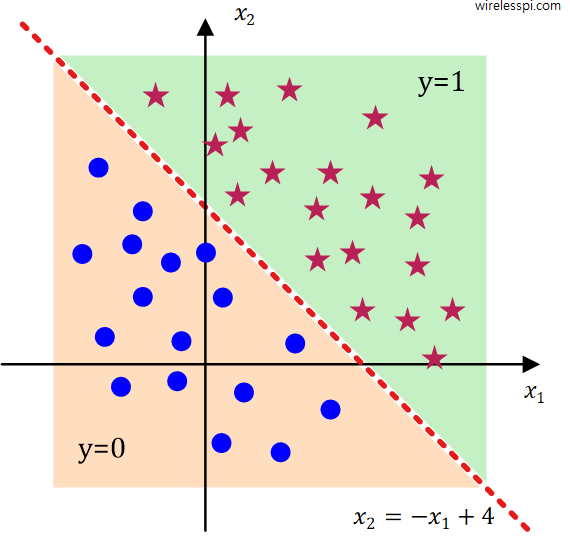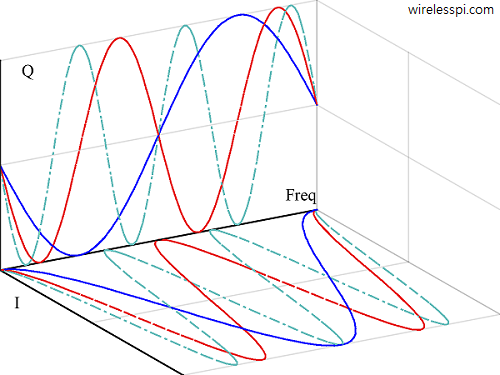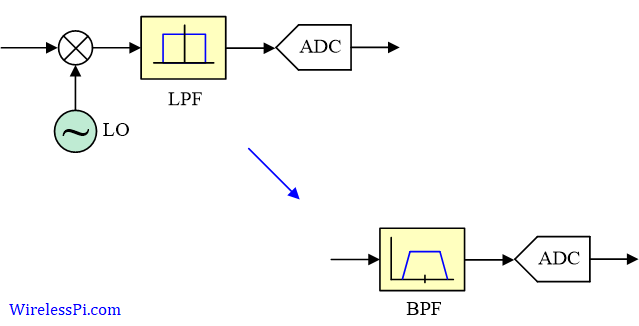A hundred thousand years ago, our ancestors used to roam in the savannas and jungles. It was absolutely necessary for them to judge (or classify) everything they encounter: a movement in the bushes could be due to a harmless rabbit or a dangerous tiger, a fruit on a plant could be nutritious or poisonous, and so on. Then came the wizards who invented language and then people developed agriculture, writing and industry. The advancement in civilization and the quest for scientific knowledge revealed the benefits of a wide spectrum and viewing shades of gray instead of of simple black and
Continue reading



